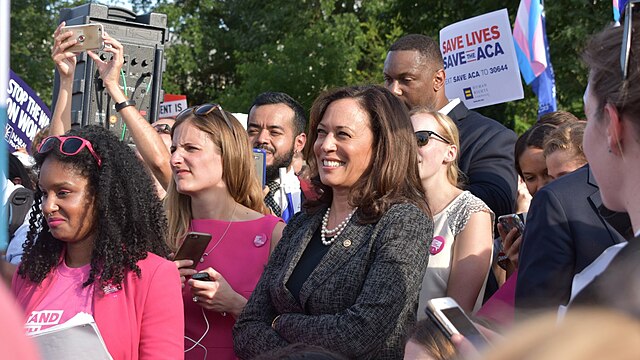The University of Chicago has recently brought the topic of trigger warnings and safe spaces back to public discussion. In a letter to incoming first-years, the dean of students declared trigger warnings and safe spaces detrimental to the learning process.
This seems to be a basic misunderstanding of the purpose of safe spaces and trigger warnings. Historically, they have never been intended to shield students from uncomfortable ideas or keep them from seeing different perspectives.
The term “safe space” began as a way of banning anti-LGBTQA actions in gay and lesbian bars and gradually expanded to cover other spaces, including workplaces and classrooms. It is a way of saying, “We don’t harass people for their sexuality here.” It has also become a term for a number of other groups, including women, the African-American community and people who have experienced trauma.
Safe spaces allow students to take charge of their own learning. They provide areas where students can be honest about their situations without fear of judgement. It means people will not attack a student for being gay, transgender or a person of color.
It means people can be themselves, in and out of the classroom. It is a space for open discussion but one that will not tolerate threats of violence or use of bigotry against its students.
It is a way to create not only a school but a community.
My introduction to Guilford and its safe spaces was Surf Camp.
On the evening before we left, we gathered in a circle and spoke on what makes a safe space. Answers included not using slurs, respecting one another’s opinions and an atmosphere that makes it safe to express oneself. No one said, “We must all believe the same thing.” No one said, “We cannot argue about our beliefs.” No one said, “We must all be the same.”
What makes a safe space is not a lack of opinions. It is not one untouchable belief. It is a respect for one another and a space where people can critique ideas, not people.
In a safe space, one will not be attacked for being a lesbian, though one’s ideas on economic reform may be criticized. In a safe space, an identity is not attacked, but ideas are challenged.
The discomfort of many college administrations regarding safe spaces and trigger warnings shows a blatant lack of consideration for today’s progressing society. They are shielding themselves from learning about this generation and refusing to consider today’s perspectives.
There’s an idea perpetuated by older generations that safe spaces are a way for our generation to live without exposure to new or contrary ideas. We live in a world constantly bombarded by new ideas through our diverse culture.
If the goal is to broaden education and understanding of the world, college leaders must first show us they too are willing to be uncomfortable with the new ideas and passions of students. After all, a college is not made up of students’ bodies. It is made up of students’ minds and passions.






